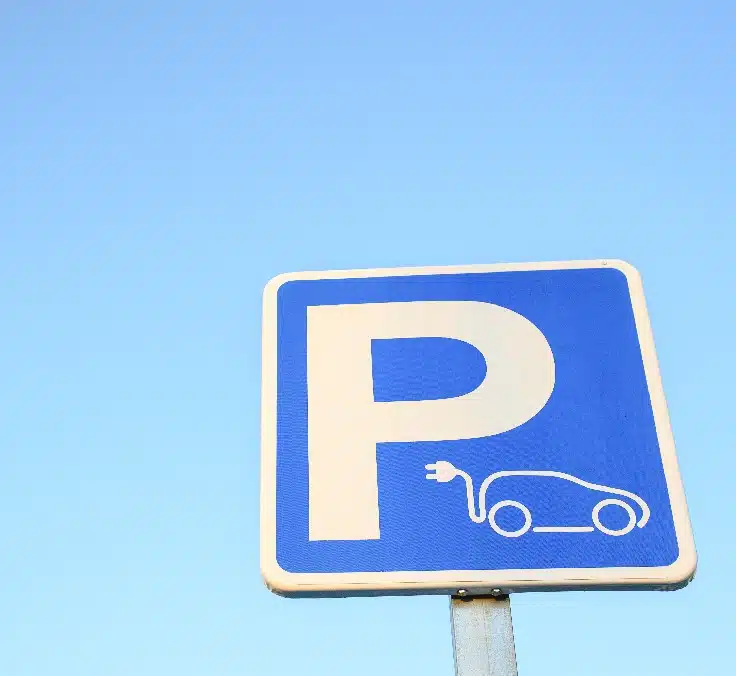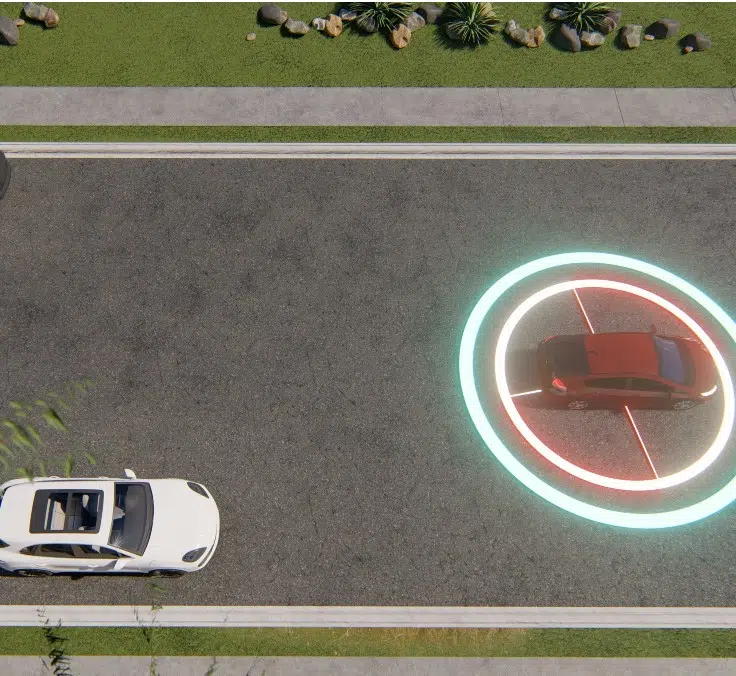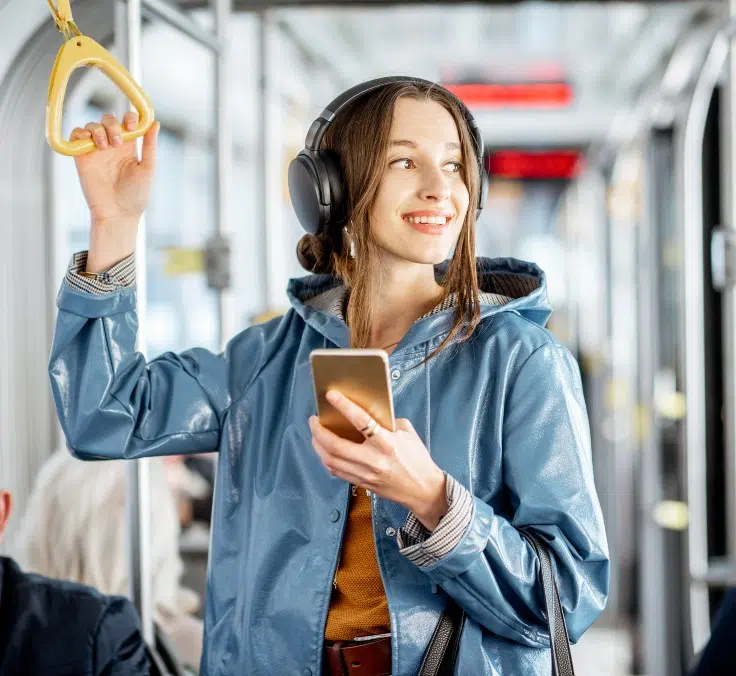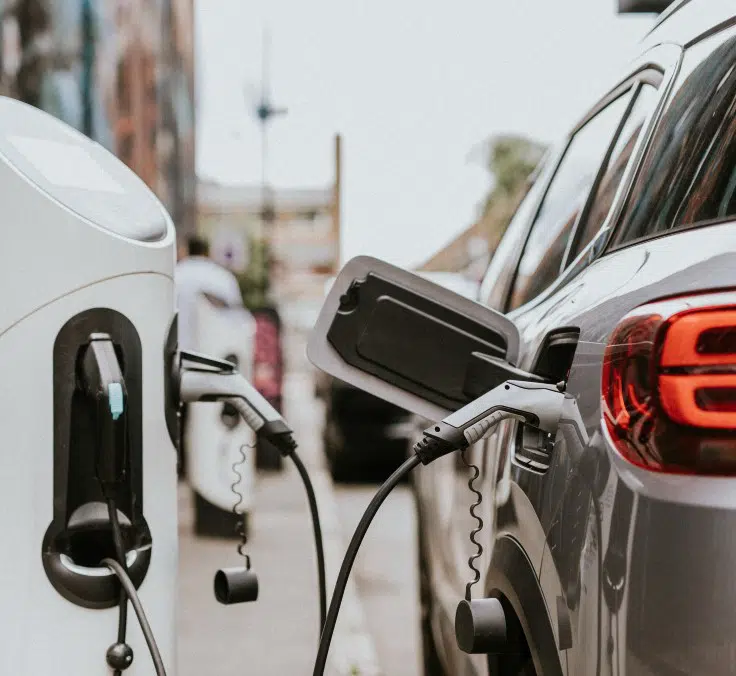INNOVATION | 10/23/2023
Towards a new connected, autonomous, shared and electric mobility
Insurance companies play a fundamental role in the ecosystems of the future, either as initiators, orchestrators, actors or contributors. In this regard, the digital ecosystem and new consumer demands have lead to changes in traditional mobility. The new mobility is CASE: connected, autonomous, shared and electric.
The current geopolitical context, the macroeconomic situation and new social needs and demands have generated what is known as “new mobility.” This new paradigm has fully affected the automotive sector, as well as what we recently considered to be the standard city model.
Nowadays, the shared use of vehicles and travel is currently taking place. This concept of understanding travel – which is moving away from the purchase or ownership of traditional cars – is coupled with the rise of electric mobility as one of the main ways to reduce climate change, as well as connected and/or autonomous cars, among others.
New mobility presents an opportunity scenario of $9 trillion by 2025, according to Accenture Research's forecast. This context of profound transformation directly affects the insurance industry, which is focusing on areas such as embedded insurance, risk anticipation or the impact of behavior on policy customization (behavioral insurance).
“Those of us who have been researching mobility have been seeing for years how the emergence of technologies such as the Internet of Things (IoT) or Artificial Intelligence (AI), the rise in the use and analysis of data, or the change in people's priorities have lead to a much more personal, on-demand and intelligent concept of new mobility, and we must adapt to it”, commented José María Cancer, Managing Director of CESVIMAP, MAPFRE’s Mobility Lab. “CASE – Connected, Autonomous, Shared and Electric mobility – is the present and future of the sector.”
Connected vehicles
Connected cities are the paradigm of today and tomorrow. In this environment, connected vehicles are a fundamental part.
According to Statista data, it is expected that by the end of 2023 there will be more than 300 million connected cars worldwide. This means that it will be more common to see private vehicles and fleets on the streets and roads with telematic or V2X connectivity that will allow them to interact with devices around them, changing routes in real time, identifying potential problems on the road, etc.
This increase entails greater exposure to cyber risks that can put people at serious risk. Standard ISO 26262 is the international standard for functional safety in the automotive industry. In European territory, the United Nations Economic Commission for Europe (UNECE) establishes Regulations 155 and 156 for the approval of motor vehicles in cybersecurity and with regard to software updates.
“The insurance industry is more than aware of possible risks. At CESVIMAP, for example, we have spent time researching onboard software not only to improve the systems, but also to help establish regulations and develop policies that adequately manage these risks, starting with prevention,” the head of CESVIMAP points out.
Electrification and sustainability
Sustainable mobility is one of the pillars of global decarbonization. Reducing atmospheric emission of pollutants and greenhouse gases is a fundamental challenge for combatting climate change. The transport sector, responsible for 20.4% of CO2 emissions has the opportunity to help curb the climate emergency by expanding electric vehicles (EVs), which are already one of the main options for both individual users and commercial vehicle fleets.
Accordingly, the evolution of electric vehicles depends upon the batteries they use, and mitigating the environmental impact of their manufacturing process, as well as extending their useful life, are two challenges that the industry needs to address immediately to achieve its goals on sustainability.
Batteries recovered from EVs destroyed in accidents have been treated as waste, with the recycling of their elements being the only possible form of management. However, reuse of these batteries needs to be given priority. Projects such as “Second Life,” a CESVIMAP initiative to provide a second life to these batteries based on their modules, enable new mobility and electrification to be a scalable paradigm.
Autonomous cars
We recently talked about autonomous cars and their safety. Although it is true that regulation still means talking, there are countries where we can already see this type of vehicle on the streets.
In some states of the United States, as well as in China or Singapore, legislation allows driverless cars to be driven on public roads. What’s more, we can even see the famous robotaxis on their streets. In Europe, there are countries such as the United Kingdom, Germany and Spain where level 3 autonomous cars can be driven. In the Peninsular country, in fact, the leap has already been made to level 4, with Ford being the first company to obtain approval from the Directorate General of Traffic (DGT) with its autonomous driving system, BlueCruise.
In the area of autonomous driving, we cannot forget the autonomous distribution robots, which we can see circulating in cities such as Madrid and Zaragoza (Spain), Los Angeles, San Francisco, New York or Phoenix (USA), London (United Kingdom) and Oranmore (Ireland). Autonomous level 4 robots deliver last-mile deliveries designed to drive autonomously, although they can also be controlled remotely by a human operator if necessary.
Shared mobility
Mobility is now much more shared than ever. The purchase of a vehicle has been relegated to the background in large cities to give way to the use of passenger cars with drivers, carsharing (such as cars from Zity or WiBLE), motorsharing (Acciona, Cabify, eCooltra) and many other services and modalities.
"The trend is linked to a change in people's behavior. In large cities, public transportation is encouraged, and the use given to private vehicles is no longer as high as before. It is more affordable to digitally contract one of these services when needed, instead of paying the cost of car acquisition, insurance, maintenance, etc.," highlights José María Cancer.
In this regard, insurers are working on a new form of protection designed to cover the risks associated with personal mobility, regardless of the transportation being used: they are insurance policies designed to protect the policyholder and third parties in the event of an accident.
In the remaining decade, clients will enjoy coverage throughout the mobility ecosystem. Users will not insure their car, but their way of participating in mobility as a whole. They will thus determine their habits and risk propensity, and enjoy end-to-end coverage which will cover different modes of transport.
Their behavior will be controlled through centralized mobility applications, connected car software and close integration with mobility providers. Virtual assistants will provide additional information and alerts when the actual behavior does not match the predefined options. When users ignore the warnings, they will potentially lose coverage on that trajectory.
For example, Verti has its own personal mobility insurance, focused on providing coverage for public transportation, taxi, passenger cars with drivers, shared vehicles or electric scooters. It is no longer the means of transport that matters, but the personalization of the offer.
RELATED ARTICLES:







